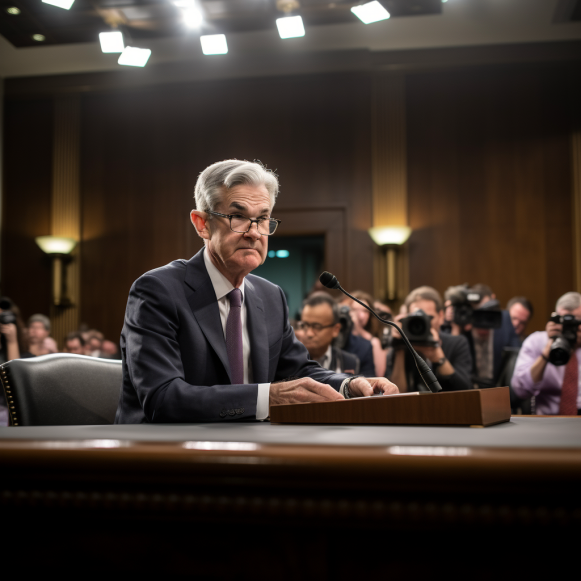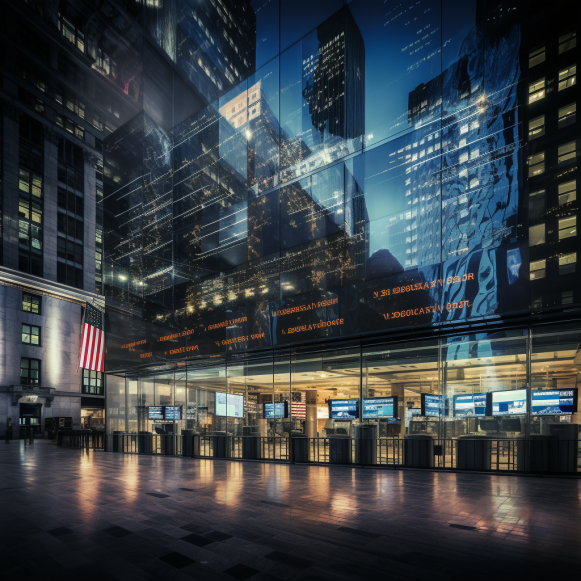A hedge-fund manager who’s up 50% this year almost entirely without help from the ‘Magnificent 7’ shares 3 stocks he’s betting on for continued outperformance — and his leverage strategy for amplifying returns and hedging losses

- Lukasz Tomicki’s hedge fund has returned 50% so far this year.
- TriNet and Williams-Sonoma have largely contributed to the fund’s outperformance.
- Right now he’s betting most on RLI, NOC, and EME.
When you first see a big number like 50.6% in the year-to-date return column on LRT Capital’s September 5 Investor Update, you might think they’ve benefited from the outperformance of the so-called “Magnificent Seven.”
This year, the S&P 500’s seven largest stocks — Apple, Amazon, Meta, Tesla, Alphabet, Microsoft, and Nvidia — have accounted for the vast majority of the index’s returns. Each has gained between 37% and 221% since January, and given their massive market capitalizations, they have driven the broader market index higher despite most of the other 493 companies’ shares underperforming.
Consider that the S&P 500 Equal-Weight Index, which has all of the same constituents but is weighted the same as opposed to by market cap, is up only 0.7% this year, compared to the S&P 500’s 14%.
However, for the most part, that has not been the case for Lukasz Tomicki’s fund in 2023. Aside from a 0.73% stake in Amazon, the LRT Capital founder has found success by investing in undervalued stocks that have outperformed the Magnificent Seven this year. For example, he has profited from gains in companies such as TriNet (up 72% this year) and Williams-Sonoma (up 39%).
Shares Tomicki is placing a large wager on
Tomicki looks for three things in companies he considers for his portfolio: (1) a long-term competitive advantage, (2) the ability to grow and reinvest capital faster than GDP, and (3) management teams with a proven track record of capital allocation.
While no company will achieve a perfect score in all three criteria, he recently shared with Insider three companies that he believes perform well in all three: RLI (RLI), Northrop Grumman (NOC), and EMCOR Group (EME). According to Tomicki, the companies are the fund’s three largest holdings as of a September 25 phone call.
RLI, a specialty insurance company, gains a competitive advantage through the niche products it provides. Its willingness to operate in difficult-to-underwrite areas of business allows it to charge more and thus have higher profit margins, he said. He suggested that this could be in areas such as extreme sports businesses or summer camps.
“If you want to have a business that offers bungee jumping from helicopters and you want to get insurance, there’s not many places you can go,” he said. “So the companies that do offer it in that space tend to have relatively high margins.”
Meanwhile, Northrop Grumman is a defense contractor that, according to him, is well-positioned to remain one of the primary providers of technology to the US military.
“The Air Force had a contract out two years ago to renew the Minuteman programs — the Intercontinental Ballistic Missiles — and Northrup was the sole bidder,” he said. “That’s how monopolistic this company is.”
He also said that the company can make more money. He pointed out that even though sales have grown by 4% a year since 2013, earnings per share have grown by 15%. He also said that their use of capital has been good because they’ve made small purchases and paid dividends.
Finally, EMCOR Group is a commercial construction company that focuses on lighting, HVAC, and air conditioning. He said that as the company has grown through acquisitions, he has liked how management has allocated capital and that the company has fundamental tailwinds.
“We’re in the middle of a building and investment boom, and America’s factories are really getting back to work.” “And they’re a part of that,” Tomicki said.
Leverage and risk management
Tomicki uses leverage, or borrowed money that he then invests, to make his returns bigger, just like hedge funds do. He said that for every $1 that investors give him, he’s long three stocks, which means that his returns are three times bigger.
He also shorts small and mid-cap indexes by $2.60 for every $1 of investor capital. This lowers his risk, but it also makes his net exposure to the market about 0.4 or 0.45, he said.Actually, he thinks his effective exposure is even lower than this, around 0.3. This is because his biggest holdings are less volatile than the indexes he shorts.
The Russell 2000 is only up about 1.4% so far this year. His long positions are doing better than the small loss he’s taken on his short hedges.
Tomicki said that he uses a quantitative model to sort the more than 200 stocks that meet his three selection criteria. This lowers the risk of his whole portfolio even more. The model lowers risk by looking at which stocks are most affected by things like interest rate risk and how the stocks are categorized (for example, value vs. growth). It then makes sure that the portfolio is well-balanced across these factors.
Regarding his decision to mostly avoid investing in the “Magnificent Seven” stocks, Tomicki explained that he likes small and mid-cap stocks more and the bigger stocks are more likely to go down because they have been outperforming lately. But recently, strategists at Goldman Sachs said that the seven stocks look cheap and could keep going up.






